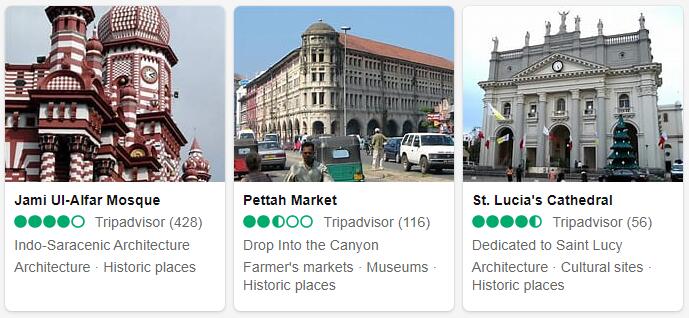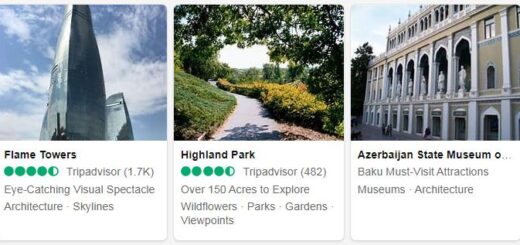Sri Lanka 2018
Sri Lanka is located in South Asia with an estimated population of 21.48 million people. The economy is largely based on agriculture, tourism, and industrial exports like textiles, tea and rubber. In terms of foreign relations, Sri Lanka is a member of the United Nations and other international organizations such as the Commonwealth of Nations, World Trade Organization and South Asian Association for Regional Cooperation. According to extrareference, Sri Lanka is a unitary presidential republic with an elected president who serves as head of state while the prime minister serves as head of government. In 2018, Maithripala Sirisena was elected to serve another term in office as President of Sri Lanka.
Yearbook 2018
Sri Lanka. In the local elections held in February, the Sri Lanka Podujana Peramuna (SLPP) party won a landslide victory with 231 of the local assembly’s 340 seats. According to Countryaah.com, Colombo is the capital city of Sri Lanka, a country located in Southern Asia. The result was a setback for the country’s coalition government, made up of Sri Lanka’s Freedom Party (SLFP) and the United National Party (UNP). The SLPP was supported by the country’s former president Mahinda Rajapaksa and has been formed by defunct members of the SLFP, according to the Reuters news agency. However, Mahinda Rajapaksa belongs to SLFP led by President Maithripala Sirisena. The UNP is led by Prime Minister Ranil Wickremesinghe and is the country’s largest party.
- According to Abbreviationfinder: LKA is an three letter acronym for Sri Lanka.
In March, Sri Lanka introduced a state of emergency throughout the country after violence between Muslims and Buddhists ignited. The unrest was worst in the city of Kandy where anti-Muslim riots were going on. At least two people died in the riots and hundreds of Muslim business premises were destroyed. Cars were set on fire and more than 20 mosques were damaged. Around 70% of Sri Lanka’s population are Buddhists and about 9% are Muslims. Tensions between the two groups have increased in recent years since some Buddhist groups have accused Muslims of forcing people to convert to Islam and to destroy ancient Buddhist sites. The Muslims have denied the allegations.
In the spring, a power struggle developed between President Sirisena and Prime Minister Wickremesinghe. The split was mainly due to Sirisena criticizing Wickremesinghe’s economic policy and urging him to resign.
In April, a vote of no confidence was held in Parliament against Wickremesinghe, which he managed with a good margin. The vote was initiated by Rajapaksa and his allies in SLFP.
President Sirisena announced in July that Sri Lanka would begin the death penalty for drug offenders. The president stated that he was inspired by the Philippines, which since 2016 has waged war on drugs in which thousands of people have been killed. The decision meant that Sri Lanka claimed a long stop for the death penalty since executions have not been executed since 1976.
In the same month, Sri Lanka moved a fleet base from the tourist district of Galle east to the port of Hambantota, which Sri Lanka will lease to a Chinese company for 99 years. The naval base would strengthen the security of the port. Nevertheless, sources told the Reuters news agency that the US, India and Japan were concerned that it would be used for military purposes.
In August, China granted a loan to the Central Bank of Sri Lanka of US $ 1 billion. The money would be used for investment in infrastructure. However, concern grew that investment would propel Sri Lanka into a deeper economic crisis and weaken the country’s sovereignty.
During the fall, it stormed well within the Sri Lankan political elite. It started with President Sirisena kicking Prime Minister Wickremesinghe in October and replacing him with Mahinda Rajapaksa – which led to the government coalition cracking down. Rajapaksa was also appointed Finance Minister.
Despite the dismissal, Wickremesinghe stated that he did not intend to resign from the Prime Minister’s post. Instead, he called for an extra parliamentary session to demonstrate his support in Parliament.
The call prompted Sirisena to close Parliament until November 16, which meant that all meetings were postponed. According to analysts, this could deepen the country’s economic crisis when a budget meeting was adjourned.
According to Wickremesinghe, Sirisena wanted to keep Parliament closed until he got more support for Rajapaksa who did not have a majority.
In early November, President Karu Jayasuriya convened members of Parliament to discuss the government crisis – despite the fact that Parliament was closed. The President opposed President Sirisena’s decision to dismiss Wickremesinghe and warned of a bloodbath on the country’s streets if the political problems could not be resolved.
Just over a week later, the president announced a new election until January 2019. The measure was condemned as illegal by the UNP, which together with two other parties appealed the decision to the Supreme Court. The appeal was heard in the court, which shortly thereafter decided to reinstate Parliament and stop preparations for re-election.
In mid-November, a vote of no confidence was held in Parliament in which Rajapaksa was voted down as prime minister. However, the ruling was not accepted by Rajapaksa but led to a fight between MPs from various political camps and a person to be taken to hospital.
The country’s highest court ruled in December that Sirisena violated the constitution when he dissolved parliament on November 9. The decision meant that Sirisena risked being brought before national law. In connection with the ruling, Mahinda Rajapaksa left the Prime Minister’s office voluntarily and Ranil Wickremesinghe was re-installed as head of government.



